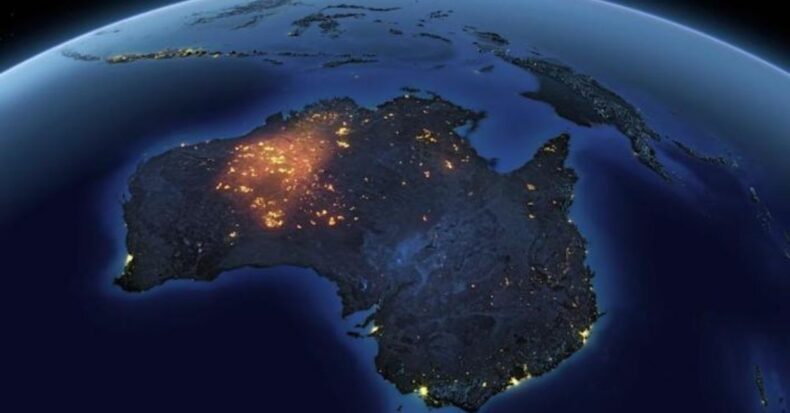Overview
Australia’s maiden commercial rocket launch will be taking place in South Australia this year, after grant of the approval from the country’s federal government.
The Australian space company Southern Launch will send a Taiwanese rocket into space after the receiving of a launch permit, which announced on Monday.
TiSpace And Hapith-I
The Taiwanese company TiSPACE will be conducting a test flight of its suborbital rocket Hapith I. The rocket will be blasting off from Southern Launch’s Whalers Way Orbital Launch Complex, on the Eyre Peninsula in the Southern Australia.
A spokesperson for Southern Launch said that they are still working with government agencies, which includes the Australian Space Agency, TiSPACE and also other stakeholders regarding the launch timeline, including the date for launch and other important factors related to the launch.
Hapith, whose literal meaning is flying squirrel in Saisiyat, a Taiwanese indigenous language, is a rocket which is 10-metre-long.
Its test launch will be suborbital and the rocket will reach outer space, at least 100km above sea level, but will not enter the orbit before falling back to the Earth, over the ocean.
The rocket has two stages, with the first stage exhausting its fuel and detaching earlier. The launch will test the rocket’s guidance, propulsion, and data collection systems.
In a statement on Monday, TiSPACE said that two more suborbital launches and several orbital launches have been planned which will follow this test launch.
The company has indicated that it planned to launch three suborbital rockets in total from Whalers Way before the end of this year.
If successful, the Hapith I rockets will eventually be used to deliver satellites weighing up to 390kg into low-Earth orbit, at altitudes of up to 700km.
Alice Gorman’s Say On The Commercial Rocket Mission
Alice Gorman, an associate professor at Flinders University, said that the announcement was a really significant step for Australia’s commercial space industry.
Gorman said that it would eventually be possible to launch satellites from Australia into both geostationary orbit – which will require a launch site near the equator – and polar orbit, in which satellites pass over the Earth’s north and south poles.
Particularly for their regional neighbors, who are in the process or trying to get their space programs kickstarted, this would be perfect.
Australia was in the launch game right back at the beginning of the whole thing, just after the second world war. At the Woomera launch range [in South Australia] rocket launches were taking place around the clock now for a few decades.
They are drawing on that heritage in launching rockets, but they are doing it in new circumstances.
Southern Launch was granted a facility licence in July for its Whalers Way launch site, amid opposition from conservation groups. The firm was granted a similar site licence for its Koonibba test range in March.
Gorman said space junk was a concern given the rise of commercial space operators globally. “The Australian space agency is overseeing all of that and I think we can be assured that our local operators are going to be behaving responsibly.”
Christian Porter, the minister for industry, science and technology, announced the regulatory approval on Monday. He said: “This is an important outcome in establishing Australia’s commercial launch capability and demonstrating what our country can offer to the international space sector.”













